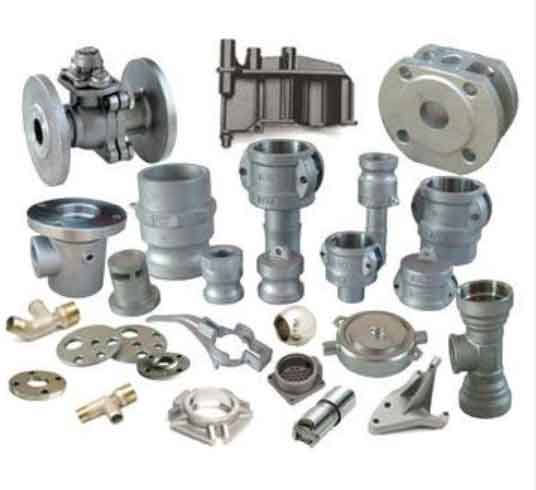Innovative designs in sand casting parts are continually pushing the boundaries of what is possible with this versatile manufacturing process. Sand casting, with its flexibility and cost-effectiveness, allows designers and engineers to create complex and unique components for various applications. Here are some ways innovative designs are pushing the boundaries with sand casting parts:

- Complex Geometries: Sand casting enables the production of components with intricate and complex geometries that may not be achievable using other manufacturing methods. With the use of advanced pattern-making techniques and 3D printing, intricate details, undercuts, and internal features can be incorporated into sand cast parts.
- Lightweighting: Innovations in sand casting allow for the design of lightweight components that maintain strength and durability. By optimizing material distribution and using advanced casting techniques, sand casting can produce parts with reduced weight while retaining structural integrity.
- Integration of Features: Sand casting parts can be designed with integrated features, eliminating the need for separate components and reducing assembly time and costs. Integration can include combining multiple parts into a single casting or incorporating functional features directly into the cast component.
- Additive Manufacturing and Hybrid Designs: Combining traditional sand casting with additive manufacturing techniques, such as 3D printing, allows for the creation of hybrid designs that offer the benefits of both processes. This approach enables designers to optimize complex geometries and achieve greater design freedom.
- Material Innovations: Sand casting is not limited to traditional materials like iron, steel, and aluminum. Innovations in materials, such as metal matrix composites and advanced alloys, open up new possibilities for enhanced performance, durability, and resistance to extreme environments.
- Rapid Prototyping: With advancements in rapid prototyping technologies, sand casting can be used to quickly produce prototypes and functional models for testing and validation. This accelerates the design iteration process and reduces time-to-market for new products.
- Customization and Personalization: Sand casting’s flexibility allows for customized designs to meet specific customer requirements. Manufacturers can produce unique, one-of-a-kind parts tailored to the needs of individual clients or specialized applications.
- Sustainable Practices: Innovations in sand casting are also driving the adoption of sustainable practices, such as using eco-friendly materials, reducing material waste, and optimizing energy consumption during the casting process.
- Simulation and Optimization: Advanced simulation software enables designers to optimize the casting process, predict potential defects, and improve component performance before actual production. This approach reduces trial and error and enhances the quality of the final parts.
- Multimaterial Assemblies: Sand casting parts can be combined with components from other manufacturing processes, enabling multimaterial assemblies that offer unique properties and functionality.
By embracing innovative designs and taking advantage of advancements in materials, simulation, and manufacturing techniques, sand casting is continuously evolving to meet the demands of modern engineering and create high-performance components for diverse industries. This versatility and adaptability make sand casting an essential method in the world of manufacturing and engineering innovation.
